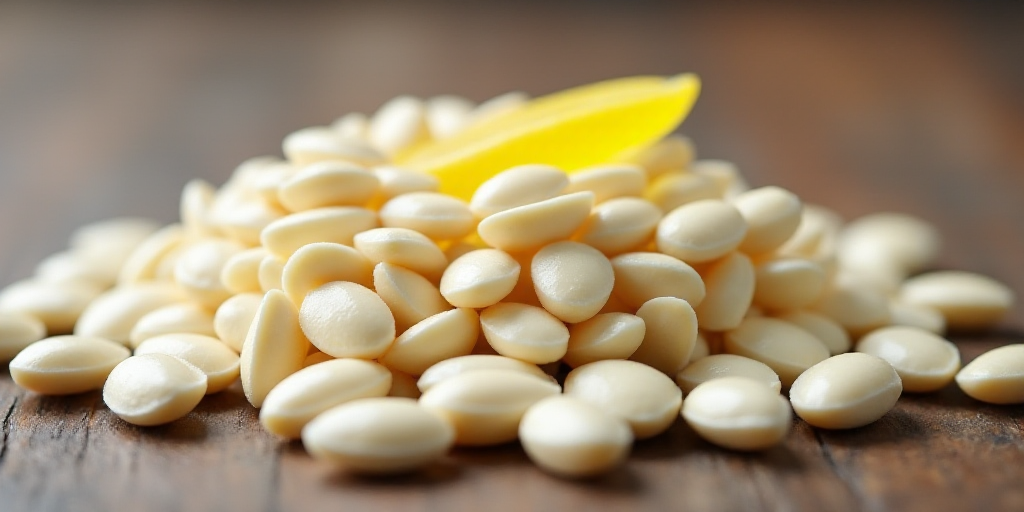What is Ahuautle and Why is it Called the Mexican Caviar?
Ahuautle, known as the Mexican caviar, is a pre-Hispanic food made from the eggs of axayácatl, an aquatic insect that inhabits lakes in the central highlands. Axayácatl, whose name means “water face” or “water mask” in Nahuatl, belongs to the scientific genera Corisella, Notonecta, and Buenoa. These insects live in freshwater lakes and canals, such as those in Xochimilco, Chalco, Texcoco, and the Valley of Mexico and Puebla regions.
Female axayácatl deposit their eggs on aquatic plants like tule or reeds. Traditional collectors carefully extract these eggs, dry them in the sun, and press them to create ahuautle, a highly nutritious and culturally significant ingredient. Its intense flavor, granular texture, and high price have earned it the nickname “Mexican caviar.”
A Pre-Hispanic Delicacy of Great Prestige
Since the Aztec era, ahuautle was considered a delicacy worthy of emperors and priests. Friar Bernardino de Sahagún documented it in his “General History of the Things of New Spain” as an essential part of the Aztec diet, especially during religious ceremonies. It was so valuable that it was used as tribute to Tenochtitlan and exchanged for other products in pre-Columbian markets.
The importance of ahuautle persisted during the colonial period, though its consumption adapted to new Catholic customs. Its presence strengthened particularly during Lent, as an alternative source of protein to red meat.
A Living Tradition During Lent
During Semana Santa, when Catholicism suggests avoiding red meat, ahuautle becomes a star ingredient in traditional dishes in central Mexico. Ahuautle tortitas—mixed with egg, cooked on a comal or fried, and bathed in chile pasilla or guajillo sauces—are a classic at popular markets and family kitchens in Mexico City, Tlaxcala, Puebla, and the State of Mexico.
In communities like San Felipe Ecatepec (State of Mexico) or San Gregorio Atlapulco (Xochimilco), this tradition continues thanks to the efforts of collector and cooking families who have maintained the ancestral technique of obtaining and preparing ahuautle.
A Delicacy in Danger
Today, ahuautle is becoming increasingly scarce. The degradation of freshwater lake ecosystems, the loss of wetlands, and water contamination have severely affected axayácatl. Urbanization has also reduced the insects’ breeding spaces. According to COLPOS research, only 150-300 kilograms of ahuautle are produced annually in Mexico, and its price in specialty markets can exceed 2,500 pesos per kilo.
Key Questions and Answers
- What is ahuautle? Ahuautle is a pre-Hispanic food made from the eggs of axayácatl, an aquatic insect found in central Mexico’s freshwater lakes.
- Why is ahuautle called the Mexican caviar? It’s due to its intense flavor, granular texture, and high price, which have earned it this nickname.
- What is the significance of ahuautle in Mexican culture? Ahuautle has been a prestigious delicacy since Aztec times, used as tribute and exchanged in pre-Columbian markets. Its importance persisted during the colonial period, especially during Lent as an alternative to red meat.
- Where can I find ahuautle dishes? Ahuautle tortitas are popular in central Mexico during Semana Santa, found in markets and family kitchens in the Mexico City area, Tlaxcala, Puebla, and the State of Mexico.
- Why is ahuautle becoming scarce? Deteriorating freshwater lake ecosystems, loss of wetlands, water contamination, and urbanization have negatively impacted axayácatl populations.






